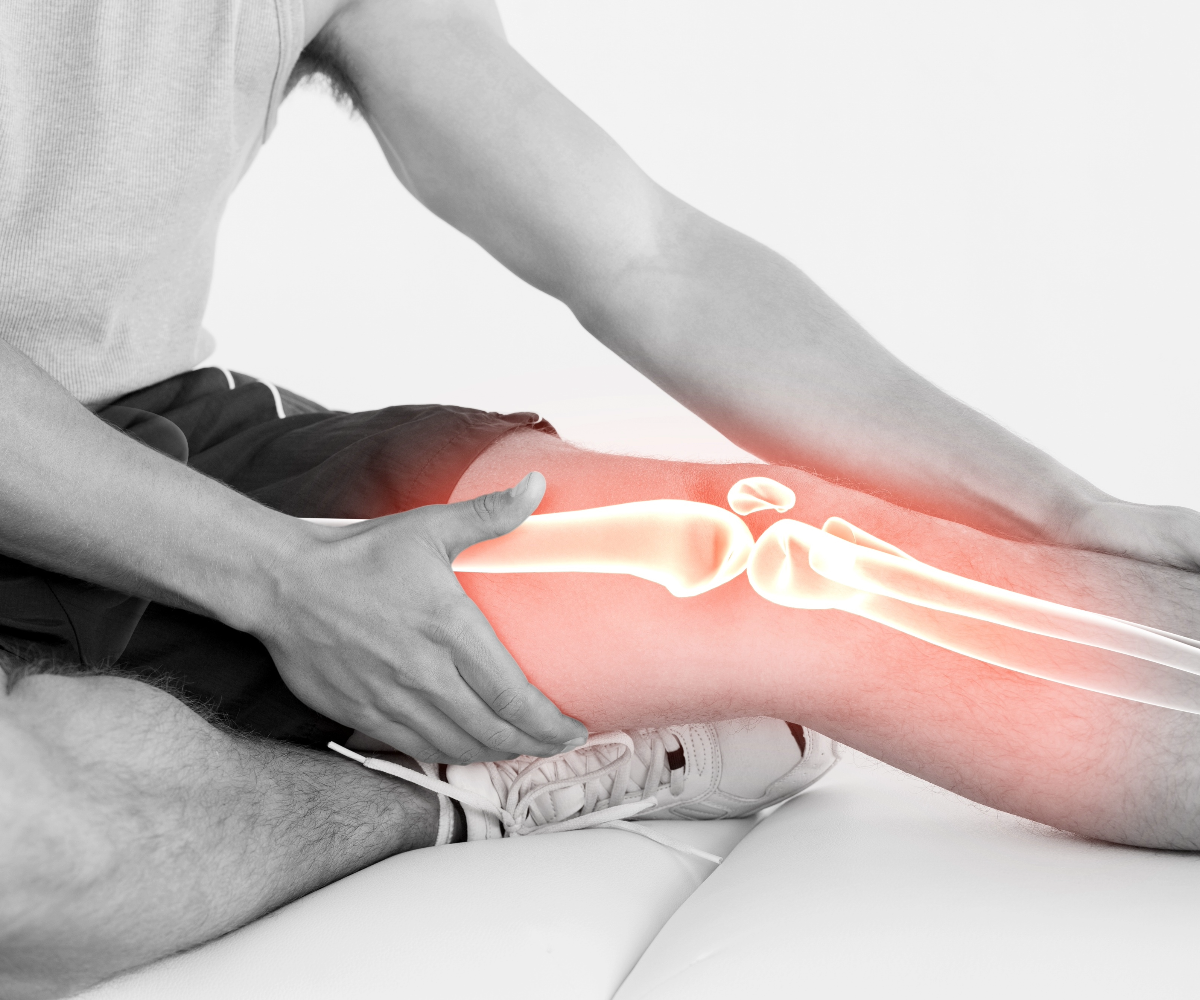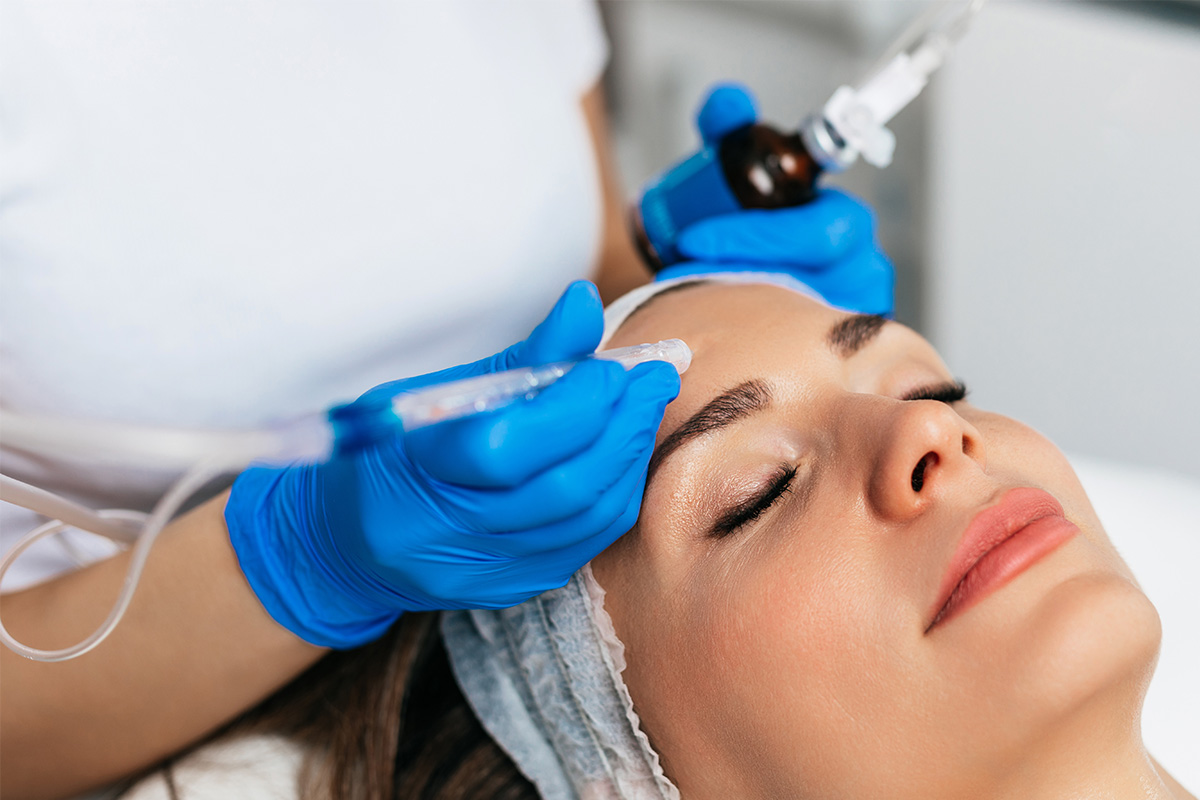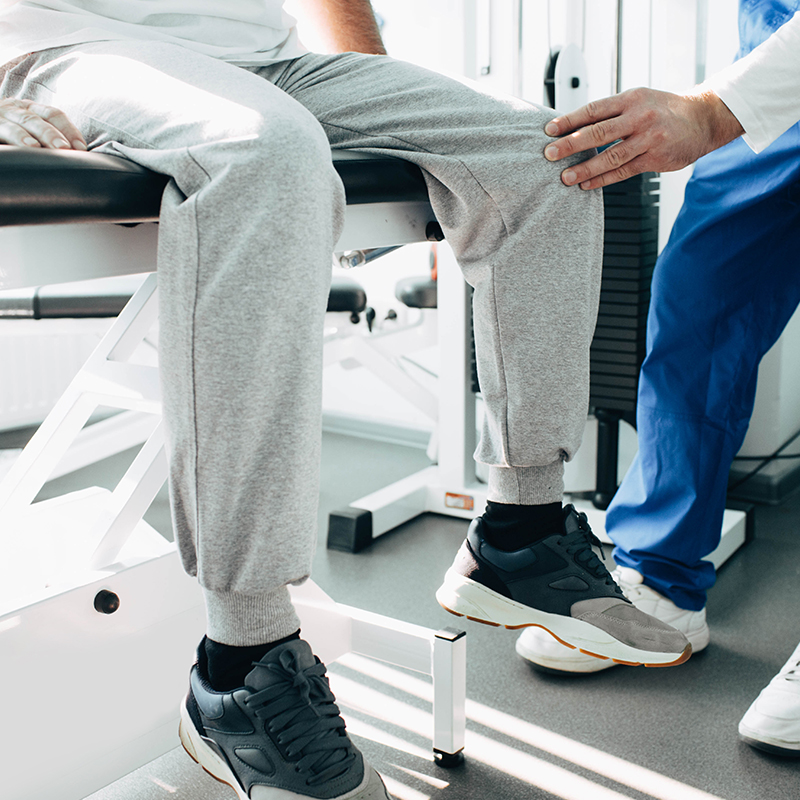Treatment Options

Peptide Therapy
What to Expect From Treatment
We begin with a personalized assessment to select the most appropriate peptides for your specific condition. Treatment sessions are designed around your unique needs, with treatment lengths and frequencies adjusted based on your progress. Delivery methods may include injections, topical creams, or oral tablets, depending on your personal preference and the specifics of your treatment. If you choose injections as your delivery method, you will be thoroughly trained and educated on how to perform the injections yourself on soft tissue. All joint injections are performed by medical providers in the office.
Upon starting peptide therapy, patients typically notice initial improvements in joint comfort and mobility within a few weeks. However, the full benefits of treatment are generally observed after consistent therapy over several months. The exact timeline can vary based on individual health factors and the severity of the condition.
While peptide therapy is known for its safety and minimal side effects, some patients may experience mild reactions at the injection site or slight fatigue. These side effects are generally short-lived and diminish as the body adjusts to the treatment.

Stem Cell Therapy
What to Expect From Treatment
Stem cell therapy starts with a comprehensive evaluation to determine the most suitable type of stem cells for your condition. Treatment plans are highly personalized, with the frequency and duration of therapy adjusted according to individual responses. Administration methods may vary, including options such as direct joint injections or intravenous infusions.
Patients often experience initial improvement in symptoms like pain and joint mobility within the first few weeks of treatment. Optimal results typically occur after ongoing treatment, tailored to the patient’s specific health situation and arthritis severity.
Like all regenerative therapies, stem cell therapy is considered safe with minimal risks. Side effects may include temporary discomfort at the injection site or minor swelling, both of which usually resolve quickly.

PRP Therapy
What to Expect From Treatment
PRP therapy begins with a blood draw, followed by a process to concentrate the platelets, which are then re-injected into the affected joints. Treatment strategies are tailored to each patient’s specific symptoms and lifestyle, with adjustments made based on treatment efficacy and personal comfort.
Improvements in joint function and pain reduction can often be felt within weeks of the first treatment, with progressive benefits accruing with continued sessions. The overall course of treatment may last several months, depending on the severity of the joint degradation and the patient’s overall health.
Typical side effects are minor and include soreness at the injection site, which generally subsides shortly after treatment. PRP therapy is a minimally invasive option that emphasizes natural healing processes, offering a preferable alternative to surgical interventions.

